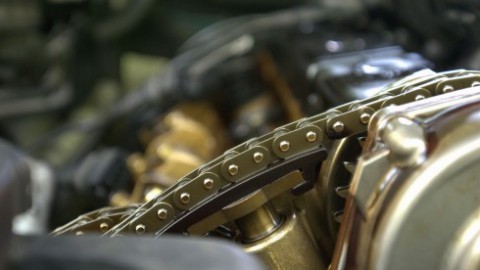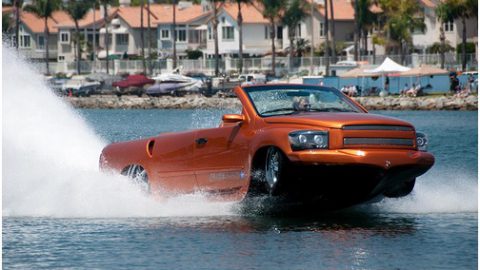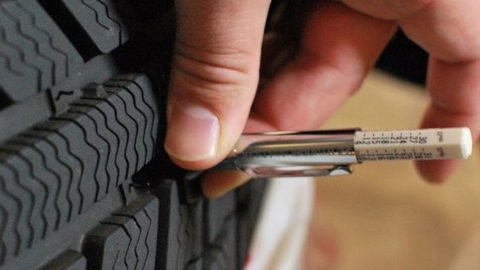Sometimes, you just can’t get the right parts from someone else, and have to take matters into your own hands. Whether you need the part now or nobody makes the part you need, you’ll be looking at fabrication. This is the beginning of a series of posts about diy-level parts manufacturing for daily drivers.
For many parts, you can get by rather well with nothing more than store-bought sheet metal, a drill, cut-off wheel (or sawzall), and a rivet gun. If you’re looking to make something more complex (like an intake manifold), you’ll have to go through serious machining and welding, or you could go with composites.









